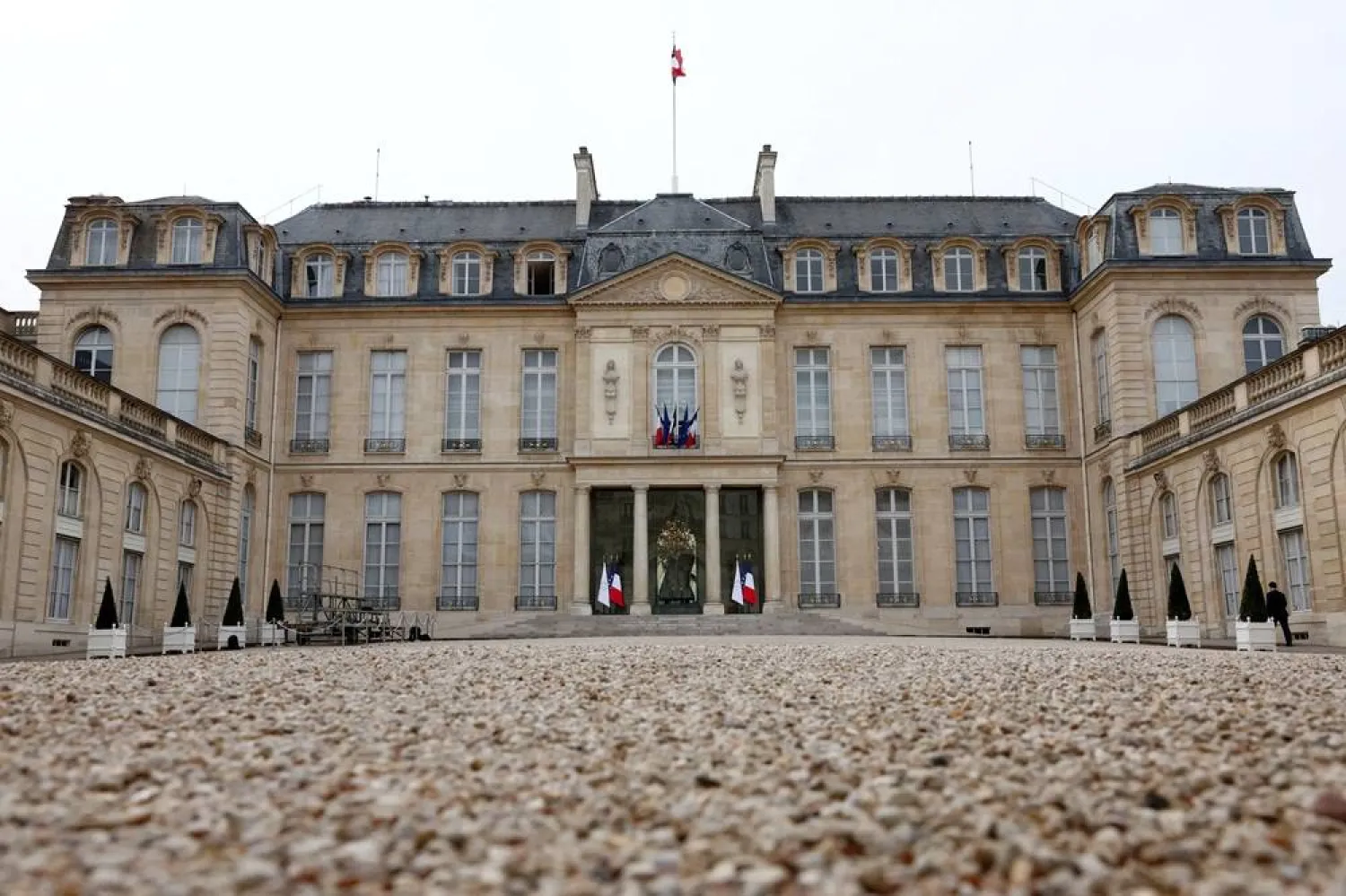The moon is about to get walloped by three tons of space junk, a punch that will carve out a crater that could fit several tractor-trailers.
Low-orbiting space junk is relatively easy to track. Objects launching deeper into space are unlikely to hit anything and these far-flung pieces are usually soon forgotten. However, a handful of observers enjoy playing celestial detective on the side including US asteroid tracker Bill Gray.
SpaceX originally took the rap for the upcoming lunar litter after Gray identified the collision course in January. Then, he corrected himself saying the object was not a SpaceX Falcon rocket and that it will hit on Friday, March 4, according to a report by the Associated Press.
Gray said it was likely the third stage of a Chinese rocket that sent a test sample capsule to the moon and back in 2014. But Chinese ministry officials said the upper stage had re-entered Earth’s atmosphere and burned up.
The US Space Command, which tracks lower space junk, confirmed on Tuesday that the Chinese upper stage from the 2014 lunar mission never de-orbited, as previously indicated in its database. But it could not confirm the country of origin for the object about to strike the moon.
Jonathan McDowell of the Harvard-Smithsonian Center for Astrophysics supports Gray’s revised assessment but noted that “the effect will be the same. It’ll leave yet another small crater on the moon”.
The moon already bears countless craters, ranging up to 2,500km (1,600 miles). Scientists expect the object to carve out a hole 10 to 20 meters (33 feet to 66 feet) across the moon, without affecting the missions currently working there.









